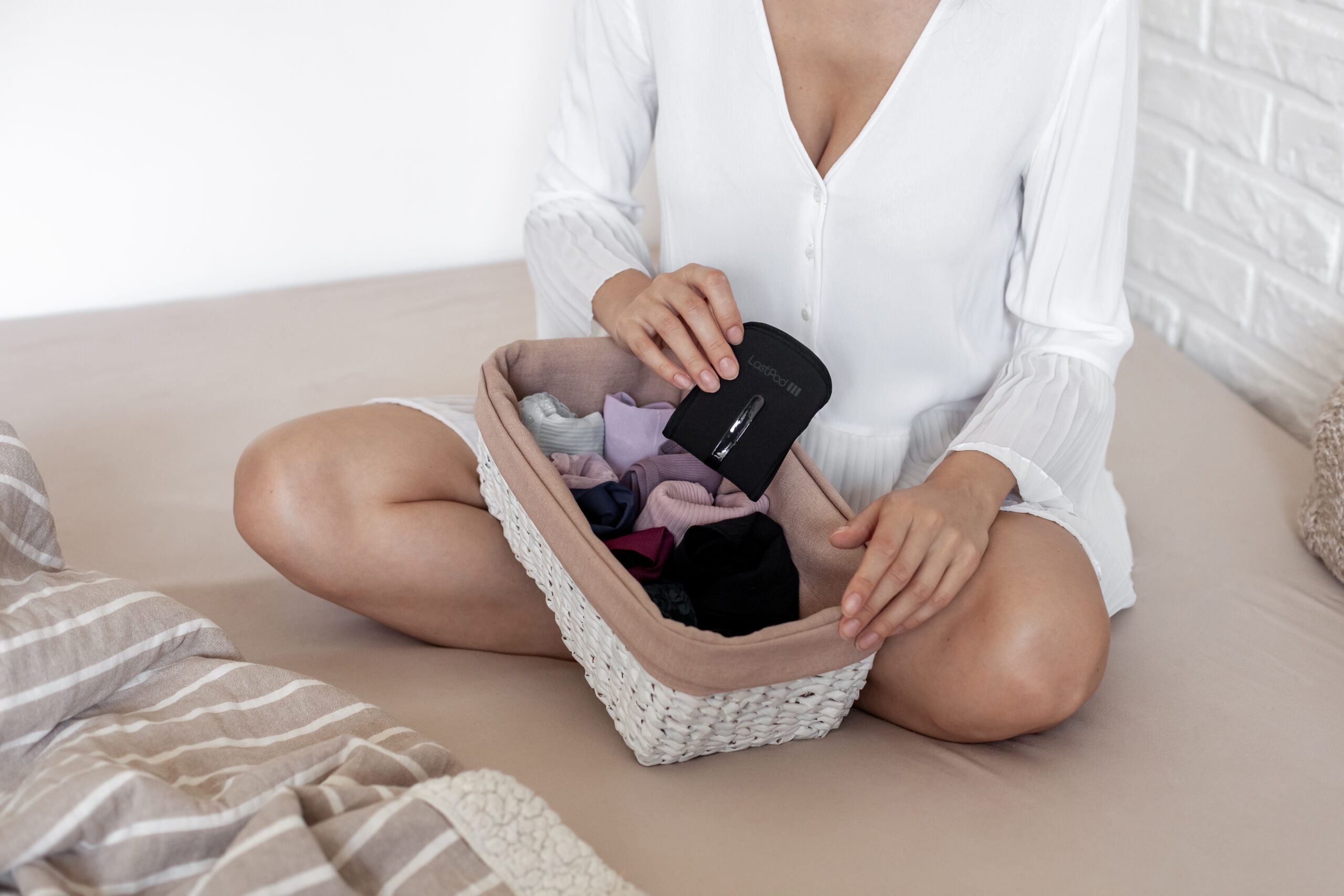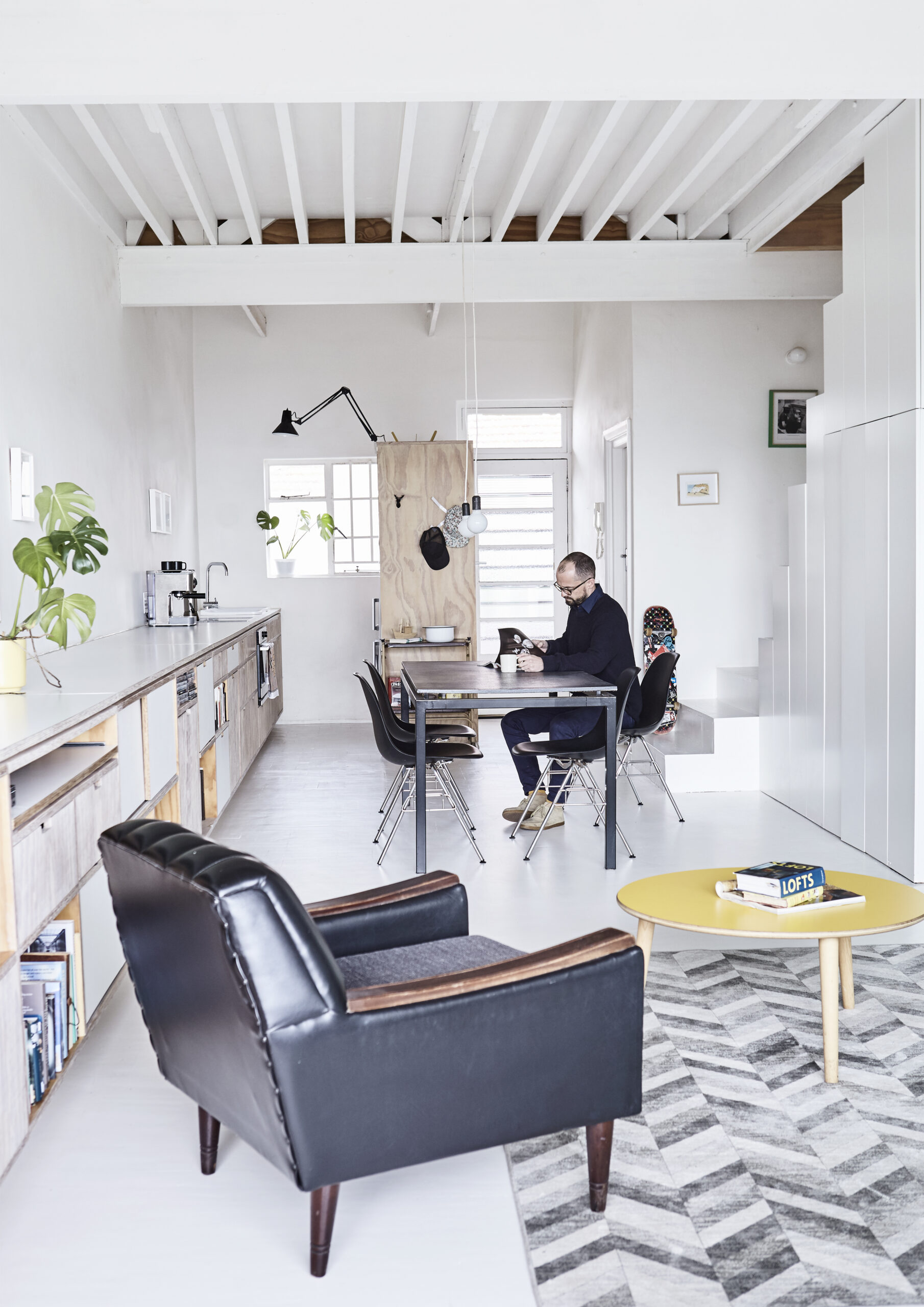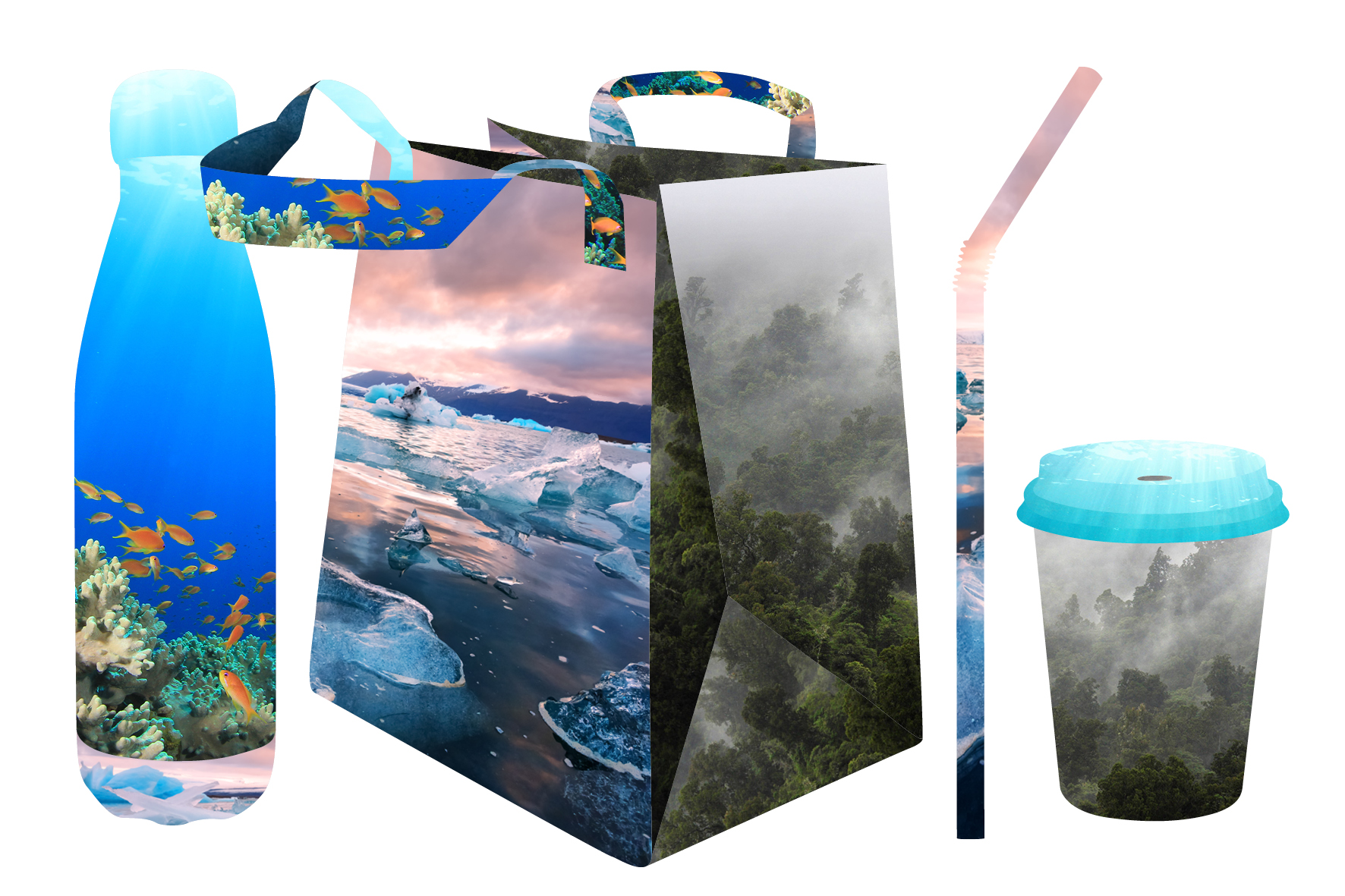There is a wealth of sustainable period products out there now for Kiwis. We weigh up what’s available – and what might be right for you.
Traditionally, having your period has been extremely resource-intensive. In fact, the average woman uses an average of over 11,000 disposable menstrual products in her reproductive lifetime – which costs her thousands of dollars and produces enough plastic to fill a car.
What’s more, the conversation around periods has always been furtive and often non-existent – there’s a social shame associated with menstruation, which makes it hard to talk about publicly.
As recently as last year, period underwear brand AWWA had an ad banned on Facebook because it showed menstrual blood.
AWWA was told that the ad’s content violates Facebook’s “shock and scare” policy, the same which stops ads depicting mutilation, torture and graphic medical procedures having a platform. It’s disappointing to still see periods made into something shameful, when they’re simply a fact of life for half the adult population.
But making your period greener – and opening up the conversation about sustainable menstrual products – is a way to lighten your load on the planet, save money and maybe even unlearn that internalised shame around your period.
There are lots of sustainable period products available to Kiwis. Let’s take a look at some of the options on offer.
MENSTRUAL CUPS
What is a menstrual cup?
A menstrual cup is a flexible cup made of rubber, silicone or plastic that sits inside your vagina and collects menstrual fluid.
You may have heard of Mooncup, the brand name of the first medical-grade silicone menstrual cup, but there are plenty of options on the market now, from Lunette to BeYou (which also makes sustainable menstrual pain relief patches) to Wā Collective cups.
Menstrual cups in Aotearoa
Olie Body was inspired to start Wā Collective, which offers ethically produced silicone menstrual cups, after learning that up to 30 per cent of menstruating students had skipped class because of a lack of access to menstrual products.
Single-use menstrual products are costly over the long run. “They cost the user month on month… like a monthly subscription model you never realised you signed up to,” Body explains.
“This can really add up, and for anyone struggling to put food on the table, menstrual products are often left out of the budget. Not having access to these can mean missing out on school, work and life, which can further the cycle of poverty.”
Wā Collective, is an impact-driven social enterprise – with every Wā Cup sold subsidising Wā Cups for people who need them. It also aims to lift some of the social shame around periods, which disconnects those who menstruate from their bodies.
Sustainability benefits
Menstrual cups like Wā Collective’s are an excellent choice for saving on waste as they’re reusable for up to 10 years.
One menstrual cup will prevent around 2,500 disposable menstrual products from heading to landfill – saving not only on waste but on the environmental cost to produce disposable products.
To date, Wā Collective alone has diverted over 5.8 million disposable menstrual products from landfill and saved Kiwis $2.8 million.
Convenience
Body adds that menstrual cups are super convenient because they hold so much more than a disposable product – up to three times more than a regular tampon – so you can go up to 12 hours without having to change it.
“I had exceptionally heavy periods for a while before I knew about cups,” she says. “It meant I couldn’t actually leave the house, because I needed to stay close to a loo. If I’d known about cups then, I’d have been able to have so much more freedom.”
Cups are great for all flow types, exercising and when access to a toilet is limited. Plus, once you’ve transitioned to a menstrual cup, managing your period is much easier and less messy – despite what your first judgement might tell you. When it’s correctly positioned, you can’t feel a menstrual cup inside you at all.
Changing the conversation
The benefits are numerous, says Body. Not only does she hear from “cup-converts” whose Wā Cups have changed their lives for the better – making periods affordable and more comfortable, and even making people feel more in touch with their cycles – Wā Collective’s work has opened up the conversation around periods and helped erase some of the stigma.
“More and more people of all genders have begun to speak more openly and naturally about periods,” she says. “We are now seeing this with the likes of some supermarkets switching up their language around period products, for example, ditching the word ‘sanitary’, a word that implies people on their period are unclean, which is untrue. There’s so much to love about Wā Cups!”

PERIOD UNDERWEAR
What is period underwear?
Period underwear is underwear you can wear, without using any other menstrual products, when you’re on your period. It looks just like ordinary underwear and can be washed over and over, but contains multiple absorbent layers to soak up fluid, leaving you comfortable, dry and odour-free even on your heaviest days.
One of the most popular sustainable menstrual products, it’s now offered by several brands in New Zealand – you might have heard of Modibodi, Thinx or Reemi, and even Kmart is offering its own line of period briefs now.
Period underwear in Aotearoa
Mint. period underwear is one of the newest options on the market. Founder Bruna Rodrigues quit her career as a food industry executive to start the company, which offers period underwear, menstrual cups and reusable pads, nappies and facial pads, with her savings this year.
“About three years ago, I got really frustrated with all the disposable period products and bought some period underwear. I had to get it on Amazon from the USA because it wasn’t available here. When it finally arrived, it changed my life. I never bought a tampon or pad again,” she says.
“I saw Mint. as a way to put my background in FMCG together with my concern about sustainability – I want to make the big retailers in New Zealand sit up and take notice so sustainable period care can become the norm.”
For Michele Wilson, co-founder of period underwear brand AWWA, meanwhile, sustainable period options were important from a te ao Māori perspective.
“Wearing single-use pads and tampons that filled our landfills and Papatūānuku [land] did not align with [wanting to live more in line with te ao Māori],” she says. “We are inspired by indigenous traditions that celebrate ikura [Māori for ‘period’] and aim to reconnect women to traditional wisdom and practices that are equally relevant in today’s world.”
She and fellow co-founder Kylie Matthews also felt strongly about rewriting the norms around menstrual shame and guilt. “Our products help women all around the world to manage their monthly cycles with confidence and dignity and without the guilt associated with single-use period products,” she says.
Sustainability benefits
Like many period underwear brands, both Mint. and AWWA make their underwear from sustainable fibres. Mint. uses bamboo, a highly sustainable crop that also happens to be extremely comfortable. Not only is bamboo quick to grow, it uses 50 per cent less water to grow than non-organic cotton and requires fewer pesticides and fertilisers.
“Our underwear is very, very soft,” says Rodrigues. “Bamboo is very durable, but it never compromises on comfort. It’s also anti-bacterial and hypo-allergenic, so it’s a great choice for wearing next to your skin.”
AWWA, meanwhile, uses organic cotton, which is grown without harmful chemicals or pesticides, uses 91 per cent less water to grow than non-organic cotton and is hand-picked, meaning there are fewer associated emissions from farm machinery. The brand also uses recycled nylon and offsets its emissions by 120 per cent each year.
The comfort factor
Period underwear is a more sustainable choice both for the materials it’s made of and because it can be worn for years before disposal, diverting hundreds of pads and tampons from landfill. But both Rodrigues and Wilson add that it’s also a healthier and more comfortable choice.
“It’s super comfortable,” says Wilson. “The only thing that has to change when you have your period is the underwear you wear. No need to put foreign objects inside your body and risk toxic shock syndrome. AWWA can be a scary concept for some people. How can you simply wear underwear without anything else to manage your period? Doesn’t it feel wet? And doesn’t it smell? NO! The innovations in fibres in the last three years has meant that we can make a pair of underwear that look and feel exactly like your usual underwear. When you bleed into them and it feels as though you are wearing normal underwear on a non-period day, you feel nothing!
“AWWA’s completely dry and built-in odour protection means you stay fresh all day. It’s pretty magical to hear stories from people who were sceptical and then message us to say how AWWA has changed their life!”
REUSABLE PADS
What are reusable pads?
Reusable pads are just that – pads that you can use over and over, on top of any underwear. Moisture-wicking, odour-preventing and easy to use, they’re a much greener and more enjoyable way to period.
Sustainability benefits
Traditional disposable pads are quick and convenient – even if they occasionally leave something to be desired in the comfort stakes. But the average pad takes 500 years to break down in landfill.
Reusable pads, meanwhile, can be used hundreds of times, saving both disposable production and transporation emissions. For example, LastPad, a reusable pad created by Isabel Aagaard, lasts 240 uses – saving at least 239 disposables!
Easy to wear
Reusable pads, like period underwear, have multiple absorbent, antibacterial layers to hold fluid, wick moisture away from the body and prevent odours – so they’re both environmentally friendly and comfortable and discreet. A reusable pad doesn’t feel wet and icky like a disposable one.
Putting your health first
Aagaard notes that reusable pads, like period underwear, give consumers the ability to know exactly what they’re putting into their bodies.
“Single use pads and tampons are filled with pesticides and chemicals. They are even bleached,” she says. “This causes dryness, irritation and even infections. Your vagina is the most absorbent body part you have. We are moving toward clean beauty so we should also move toward clean period products.”

ORGANIC DISPOSABLES
What are organic cotton disposables?
If you’re unsure about adjusting to a menstrual cup, reusable pads or period underwear, organic cotton tampons and pads might be your best option.
They look and feel exactly like traditional disposables and are used in exactly the same way – but have a much lighter environmental footprint.
Sustainability benefits
Organic cotton tampons and pads created by brands like Kiwi-run Oi are made from cotton grown in a much less resource-intensive way.
Organic cotton is not sprayed with toxic pesticides and fertilisers (which are bad for both people and planet) as it grows. Oi’s organic cotton also uses around 90 per cent less water to grow, and the company offers products that are GOTS and BioGro-certified.
Plus, organic cotton tampons and pads do not contain plastic or other man-made substances – which are what stop disposables breaking down easily in landfill.
“Every sanitary pad contains the equivalent of four plastic grocery bags,” says Oi founder Helen Robinson. “We have banned these from supermarkets but what about the tampons and pads that we use? The world cannot sustain the use of plastic hygiene products.”
Better for your body
Not only are organic cotton disposables kinder to the planet, they’re better for you too. “Our vagina has a flora, just like our stomach and can get out of balance for many reasons,” says Robinson.
“Oi has had a number of women who used to bleed for weeks every month now bleeding a few days. So many tell us that they have less or no cramps anymore, more regulated bleeding, no irritations.”
If you’re looking to make the switch, seek out tampons and pads that are organic cotton throughout – they shouldn’t have just an organic cotton cover, which means the core may be made of other materials. Oi is a good choice in New Zealand, but the market is ever-expanding.
A change for the better
So, which sustainable period product is the best choice?
It all comes down to personal preference. A menstrual cup lasts the longest of all the options, so it diverts thousands of disposables from landfill and saves you serious money. However, you do eventually have to throw it away, and a silicone cup takes longer to break down in landfill than an organic cotton tampon.
Period underwear, reusable pads and organic cotton tampons, meanwhile, are easy options to switch to, and some people may find them more comfortable than a menstrual cup. However, organic disposables are still single-use, and reusable underwear and pads last for less time than a menstrual cup – so all three mean you will bin more over time.
There are pros and cons for each option, but every single one is a better choice than traditional plastic-laden disposables – for both your body and the planet. So why not make the switch?







